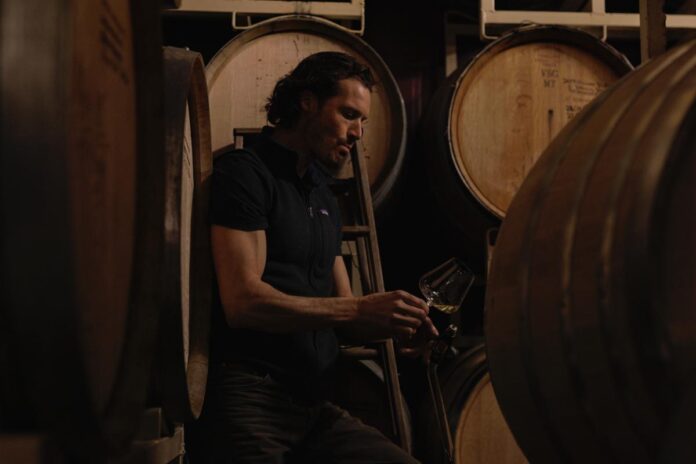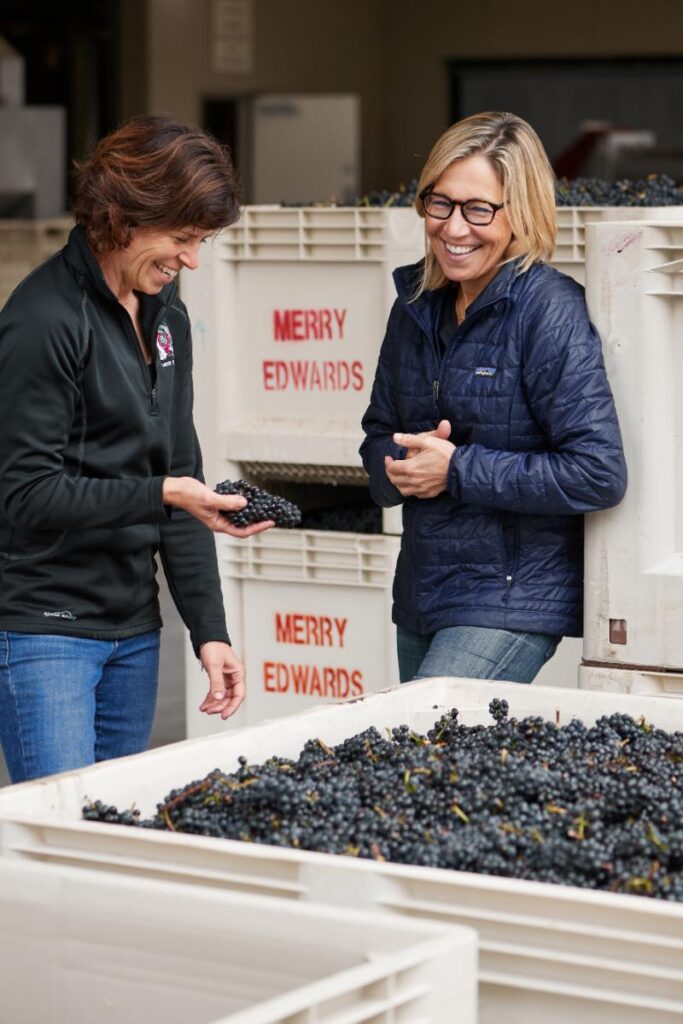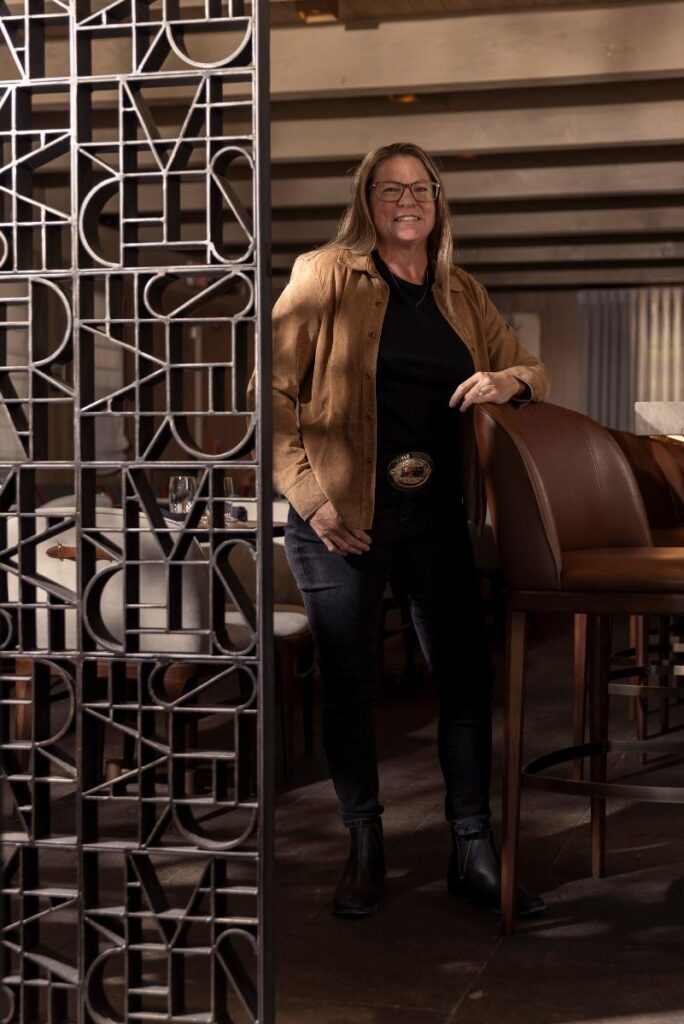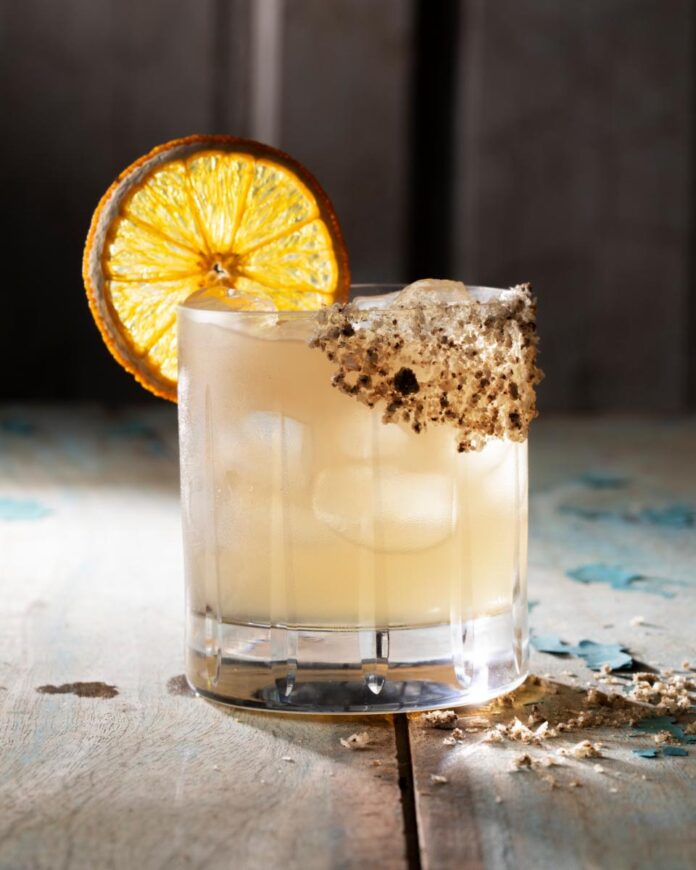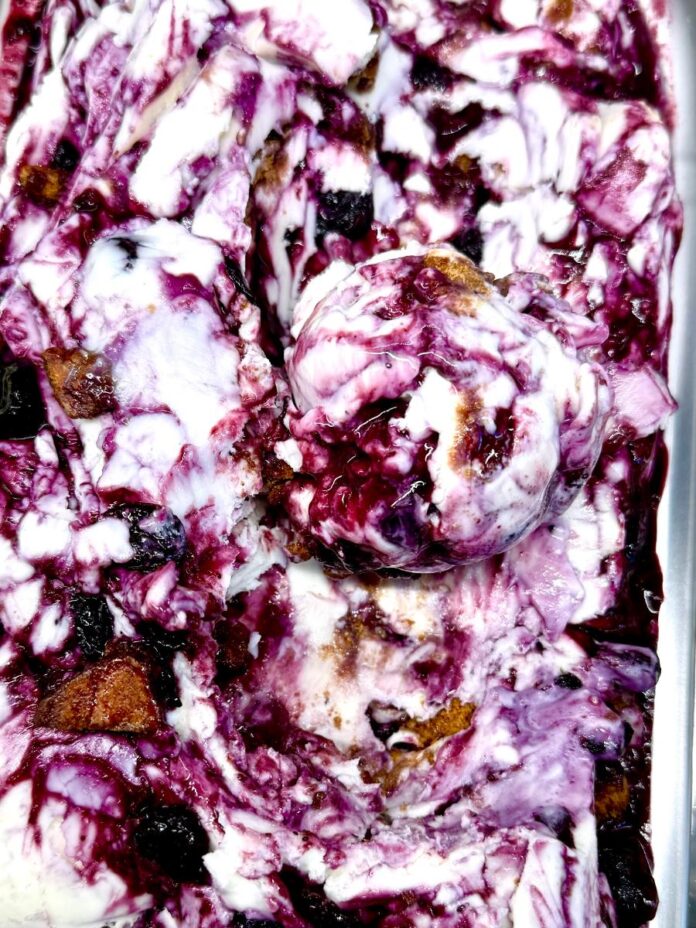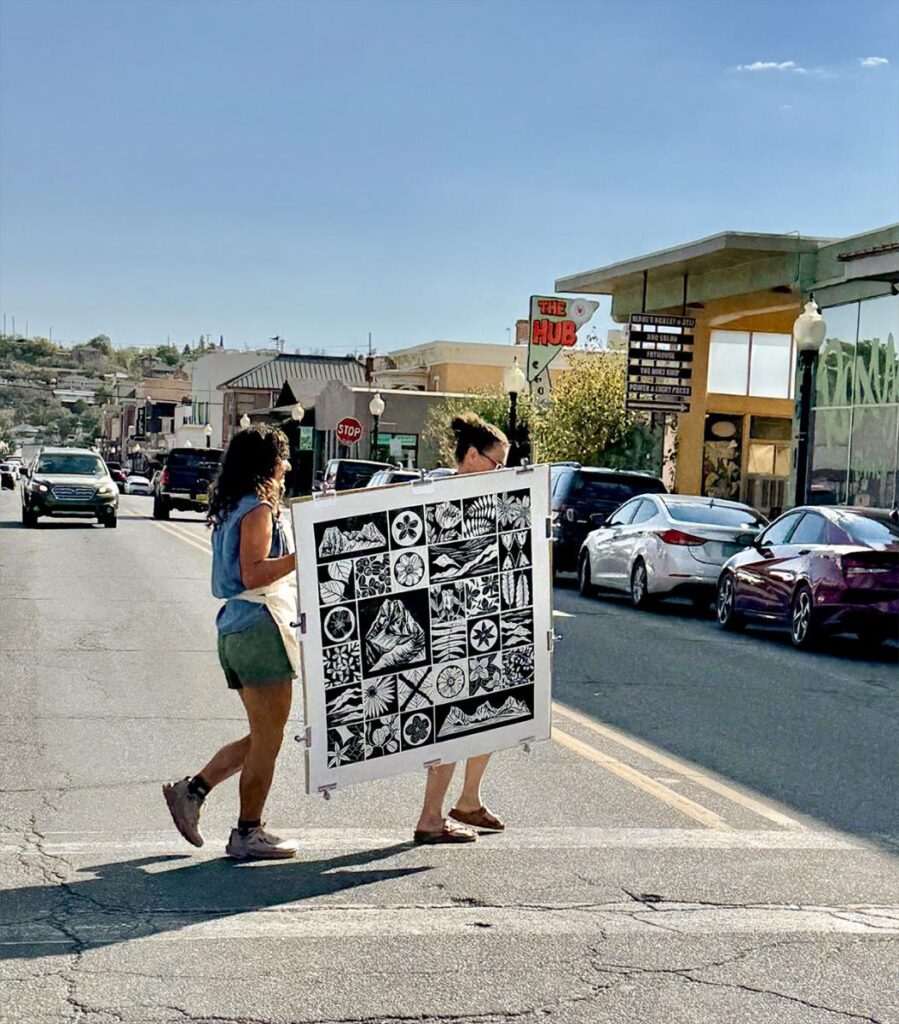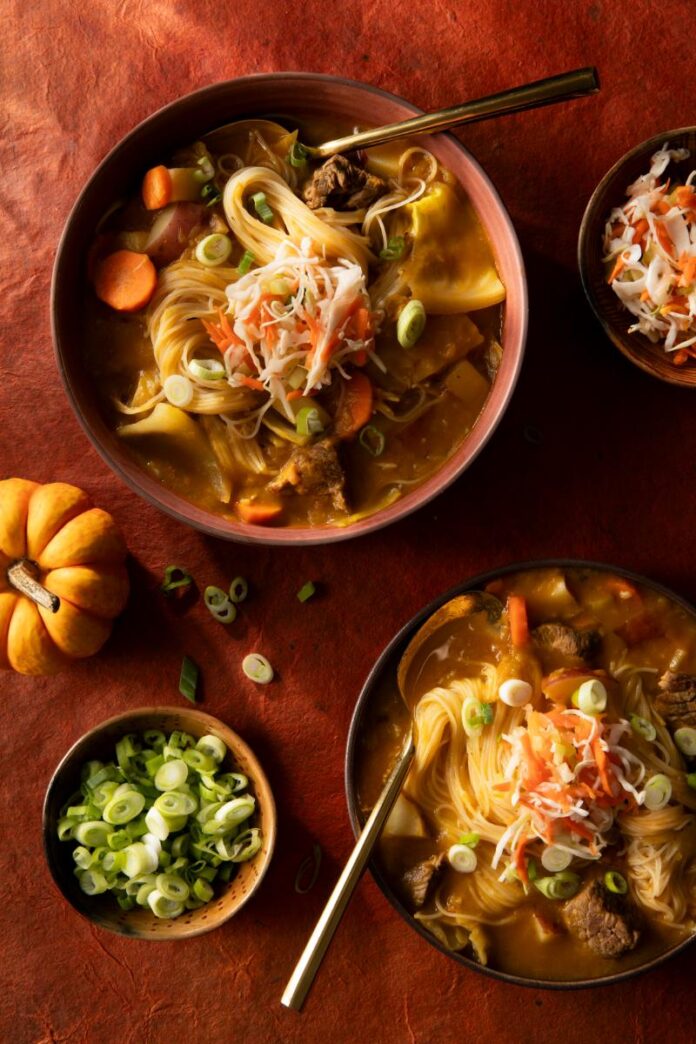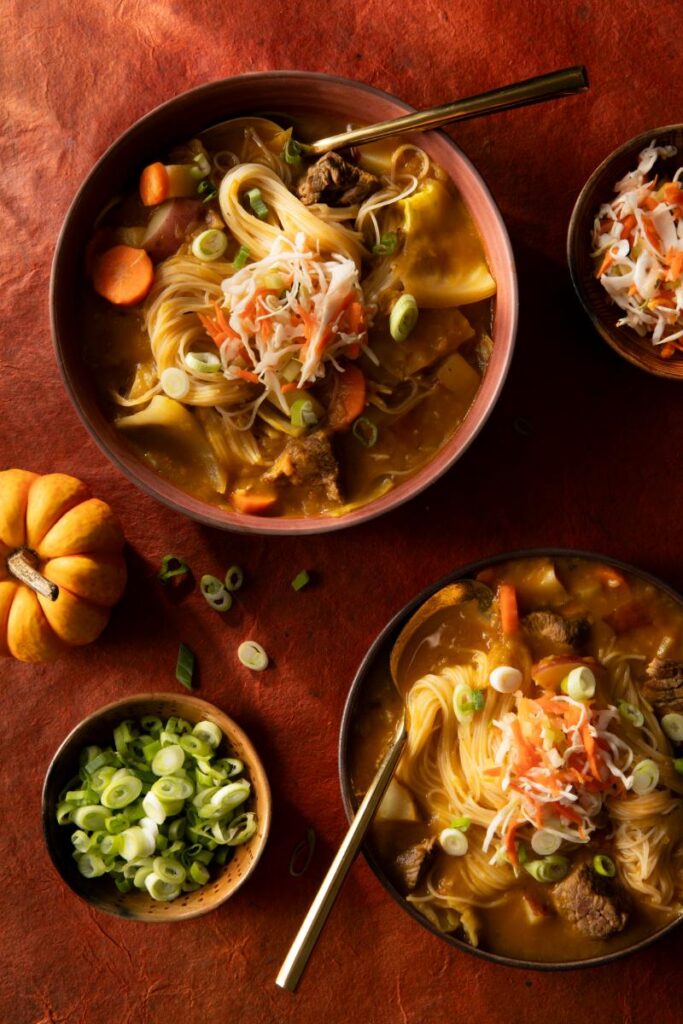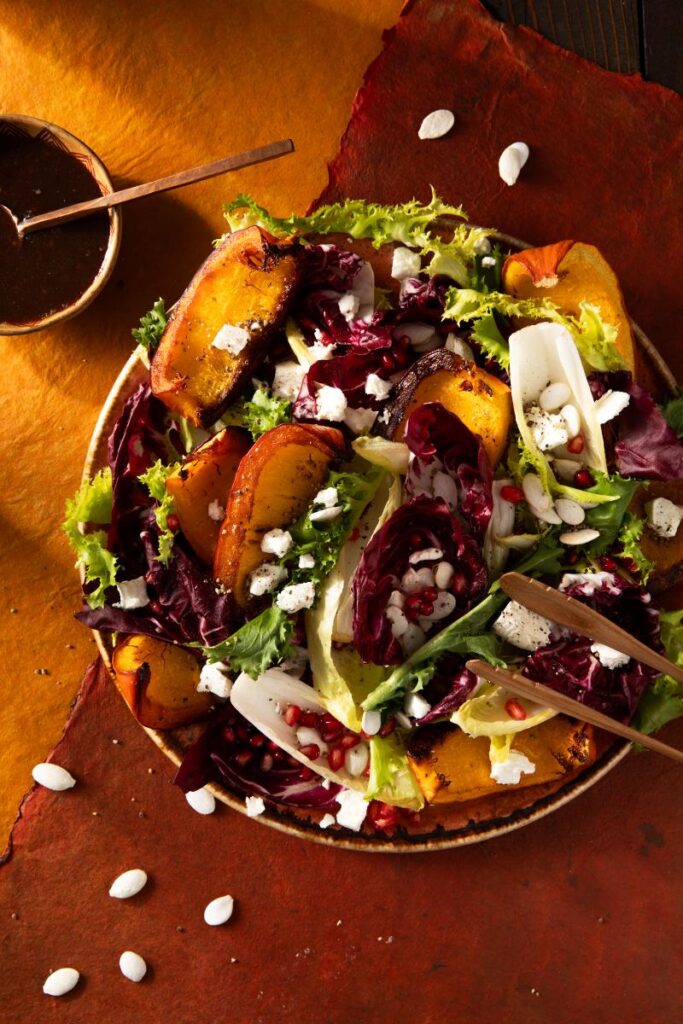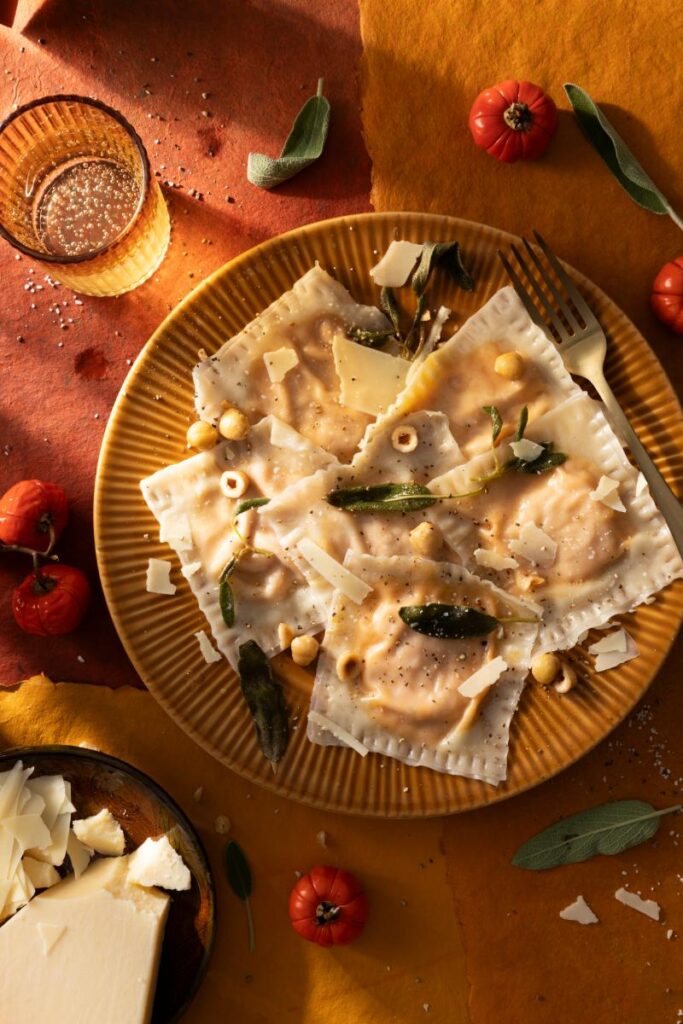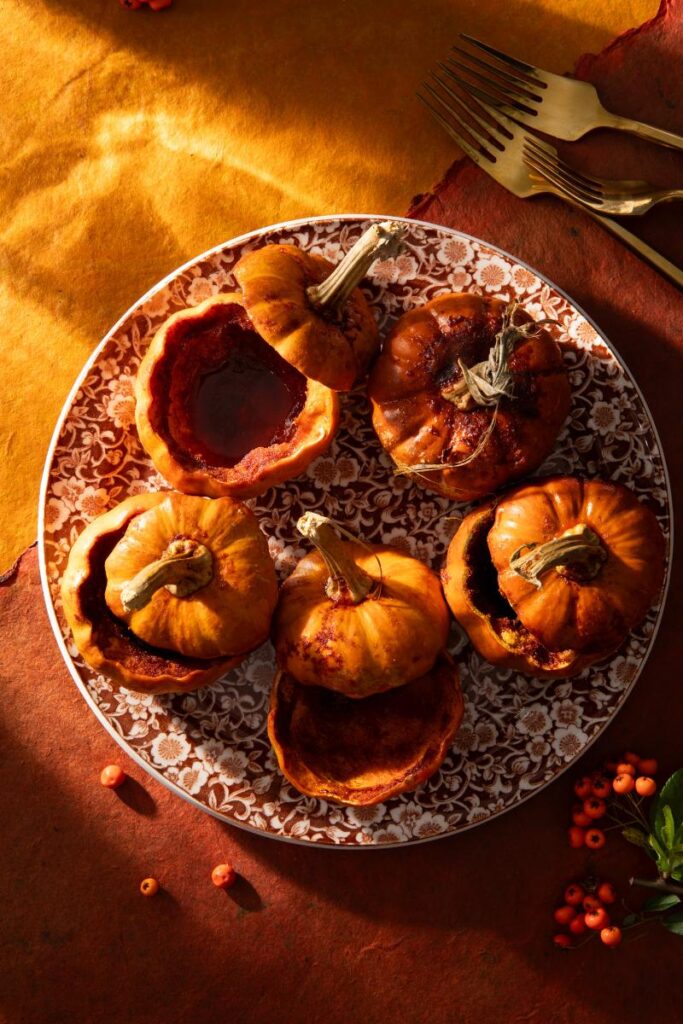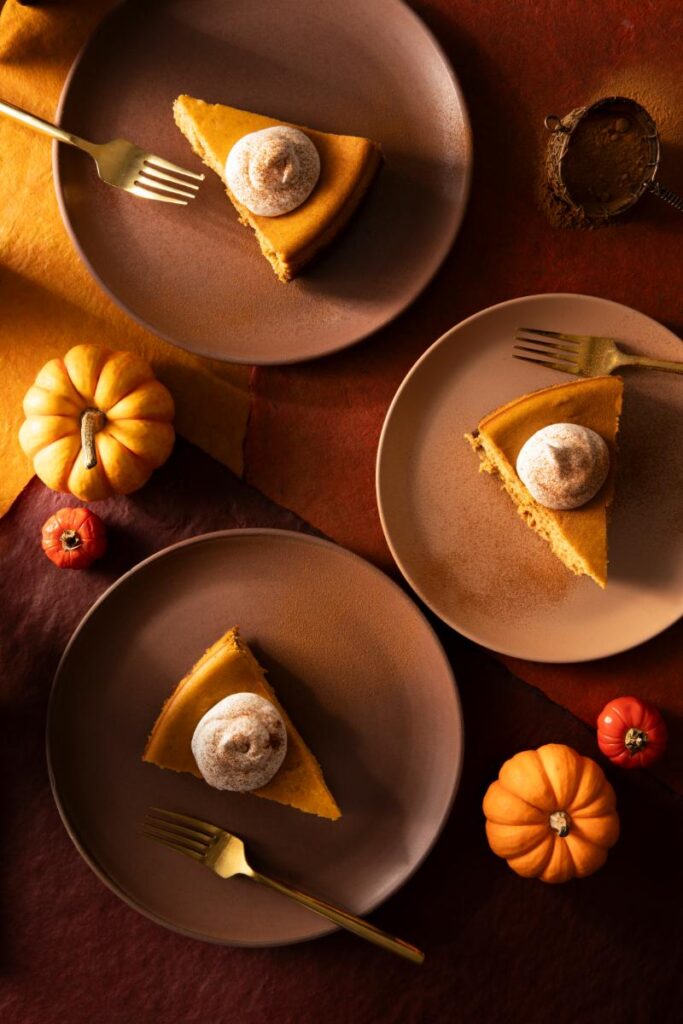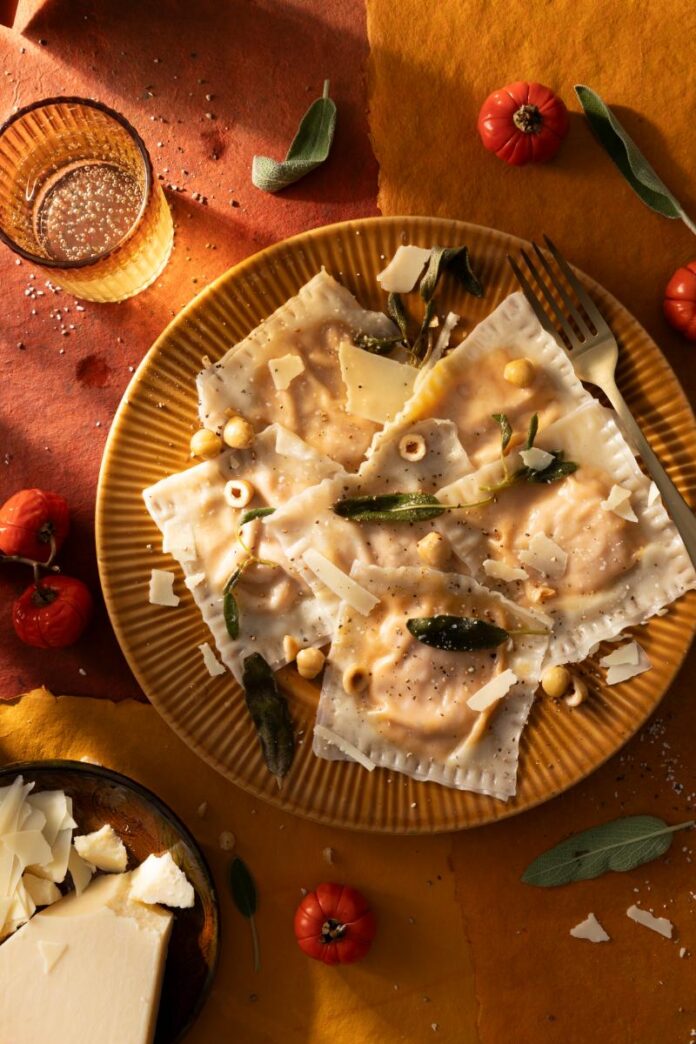There is a welcome bite in the air. We gladly turn our thoughts to cozy fires and leisurely dinners with our nearest and dearest. We also turn our thoughts to local shops in New Mexico! Where else would we find eye-catching finery to wear as well as the season’s must-haves to make home and hearth a welcome retreat.
Fall Forward
Peyote Bird

For over 50 years, Peyote Bird has been the source for outstanding vintage and contemporary jewelry. Their mission is to celebrate the work of the finest artisans of the Southwest. Layered groupings of necklaces and cuffs create a timeless look that honors craftsmanship and timeless design.
Meraki

Channel the spirit of the Southwest with this classic denim shirt with intricate golden embroidery. This rugged and refined design goes easily from the rodeo to a night out on the town.
Goler Finer Imported Shoes

For 40 years, Goler Fine Imported Shoes has been the go-to Santa Fe boutique for shoes. They also offer clothing and accessories for both men and women. Go funky or keep it classic, like these suede loafers.
Lilly Barrack

A must-have double hoop design in .925 sterling silver. Perfect to wear with something dressy or for a low-key weekend trip to the farmers’ market. Pair them with a sterling silver ring set with turquoise and coral.
Indian Pueblo Store
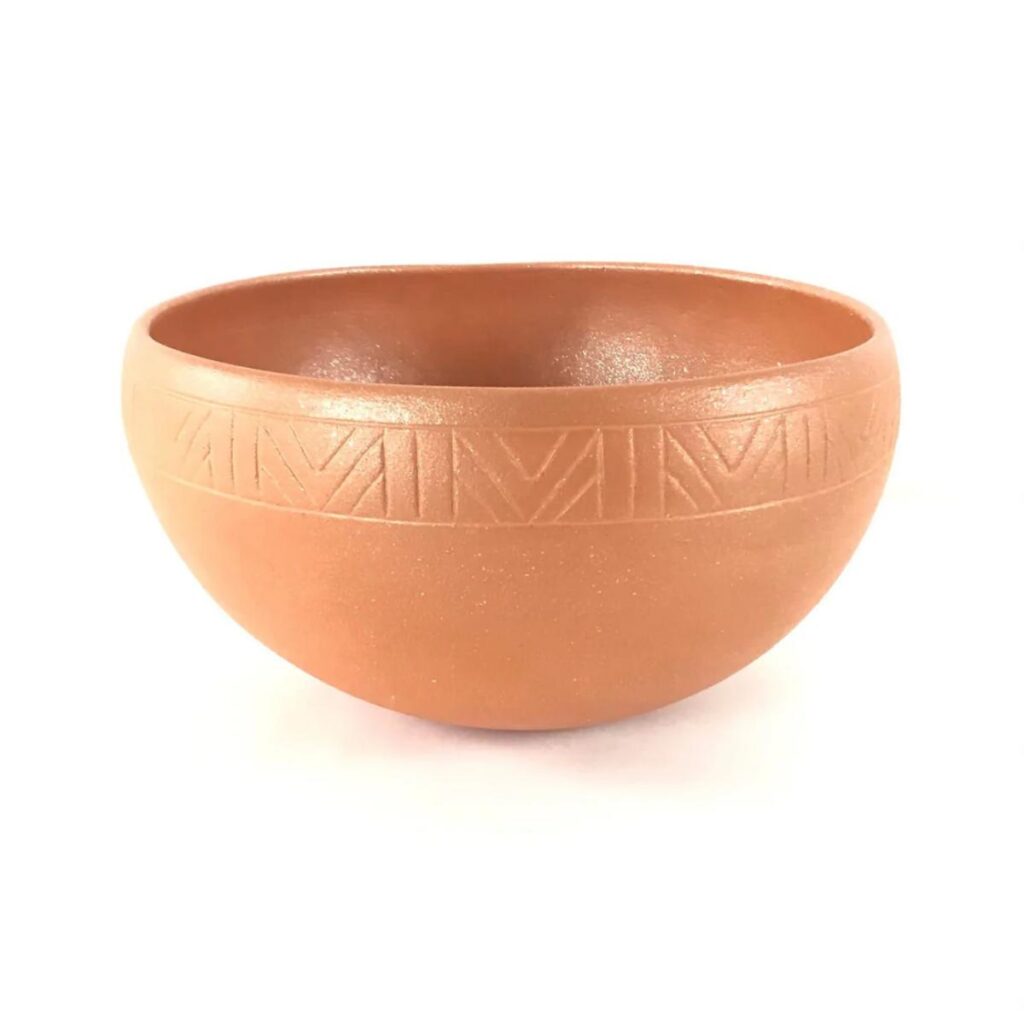
Ohkay Owingeh artist Clarence Cruz uses traditional methods and micaceous clay to create a dough bowl that is both functional and elegant. Linear etchings line the rim of the bowl. This piece can work happily in your kitchen or elsewhere a work of art.
Pfeifer Studio

Skilled artisans use sustainably sourced wood from the Jemez Mountains and the Santa Fe National Forest. They craft clean lines and details into this Alamosa bench, and finish it to meet your design specifications. Each piece is unique and part of Pfeifer’s commitment to environmentally responsible furniture design.
Broken Arrow Glass Recycling
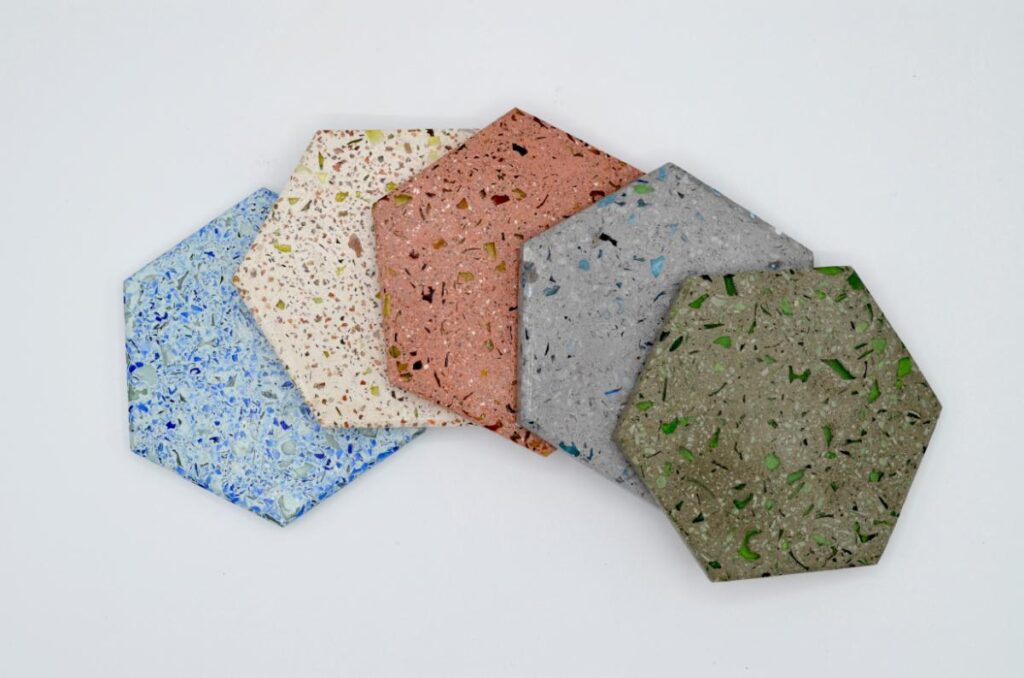
Donated glass bottles get the upcycle treatment that results in these charming – and practical – terrazzo-style coasters that come in a set of four. Their sustainable origins mean you can shop guilt-free at BAGR’s new Santa Fe shop on Delgado: you’re helping to keep glass out of the landfill.
Desert Spoon
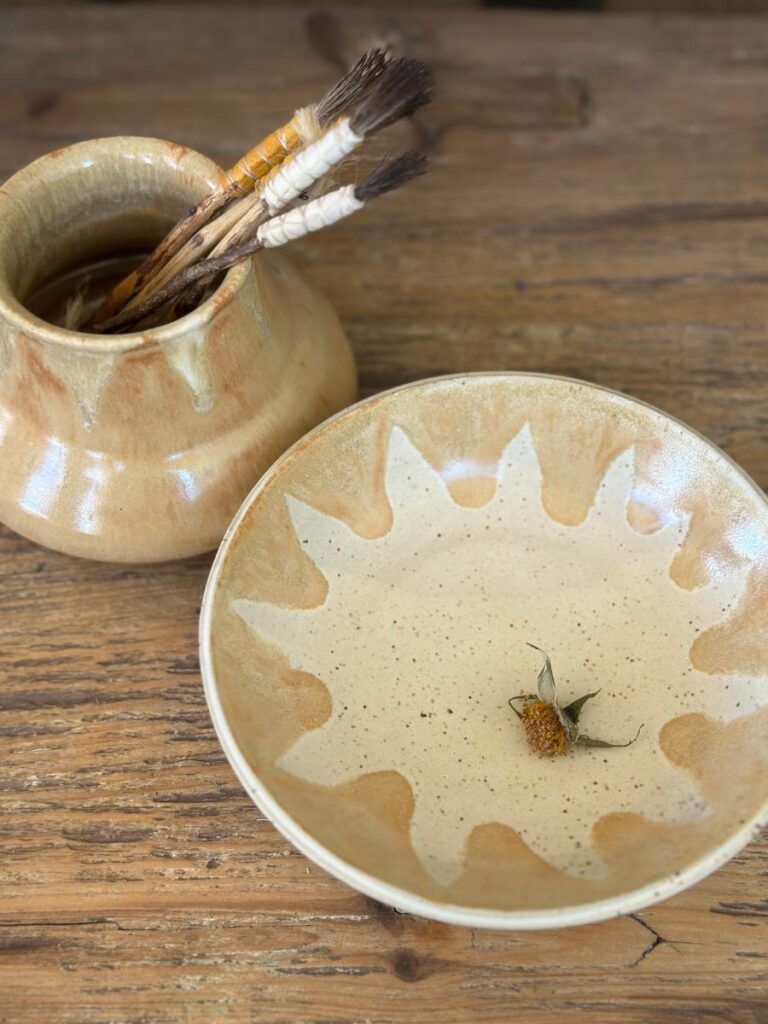
Julie Newberg uses clay from Albuquerque to create organic tableware that feels like a slice of the desert landscape. Limited edition paint brushes from Beam Paints in M’chigeeng First Nation deploy traditionally harvested deer bristles, hand-carved handles of wild verdant white cedar wood, and details of real buckskin.
MexiModern

Los Påjaros Napkins are based on original designs by Jessie Baca in Santa Fe, New Mexico. Each napkin is hand-printed on 100% organic Indian cotton and hand-finished with a folded flat hem. Napkins are available in three colors: Cerrillos Turquoise, Dusty Rose, and Chamisa Yellow.
Santa Maria Provisions
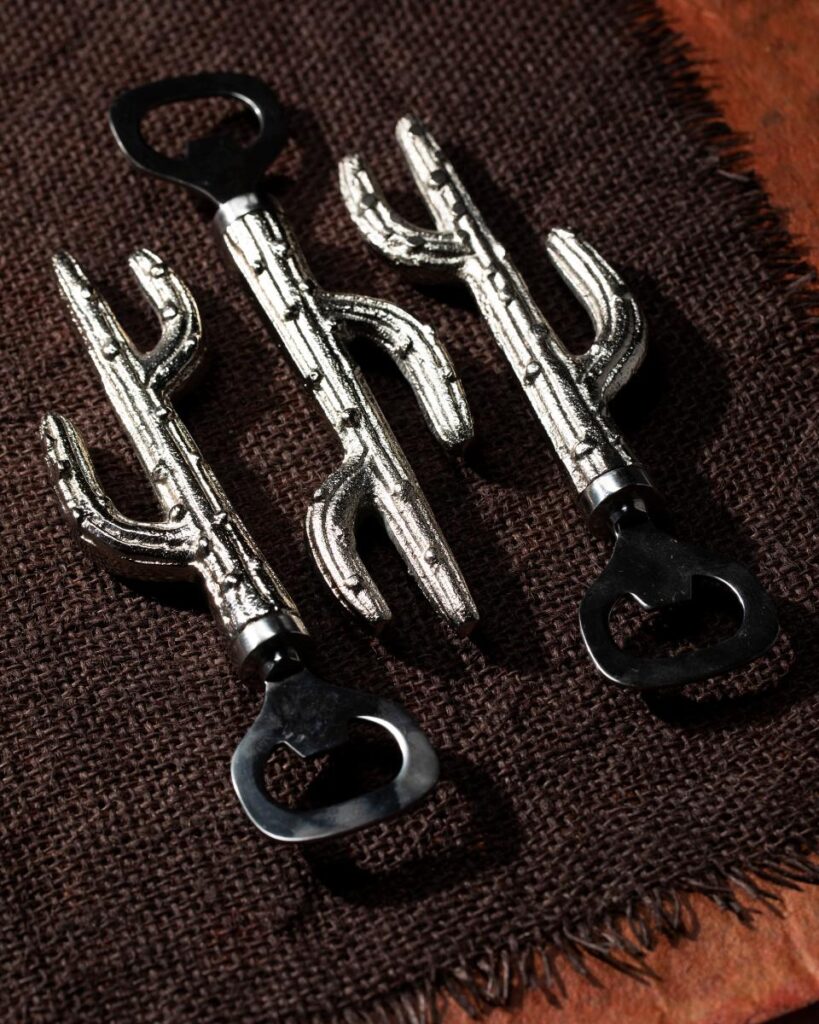
Add a bit of the desert to your next drinks bash with these cactus-shaped bottle openers. They’re made of durable, sturdy metal.
Detours at La Fonda
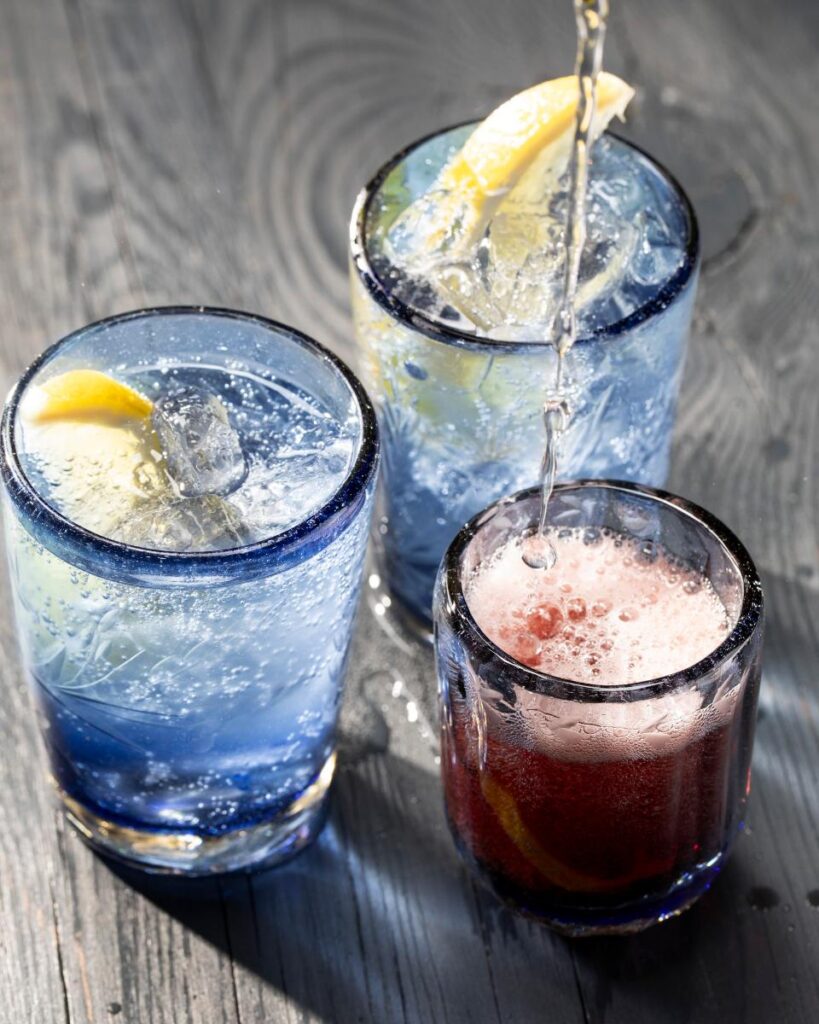
Color your table in a sea of azure with mouth-blown glassware from Detours. Choose from drinks glasses that are the perfect size for everything from water to wine to a cocktail or daintier ones with charming fluted detailing.
Artful Tea
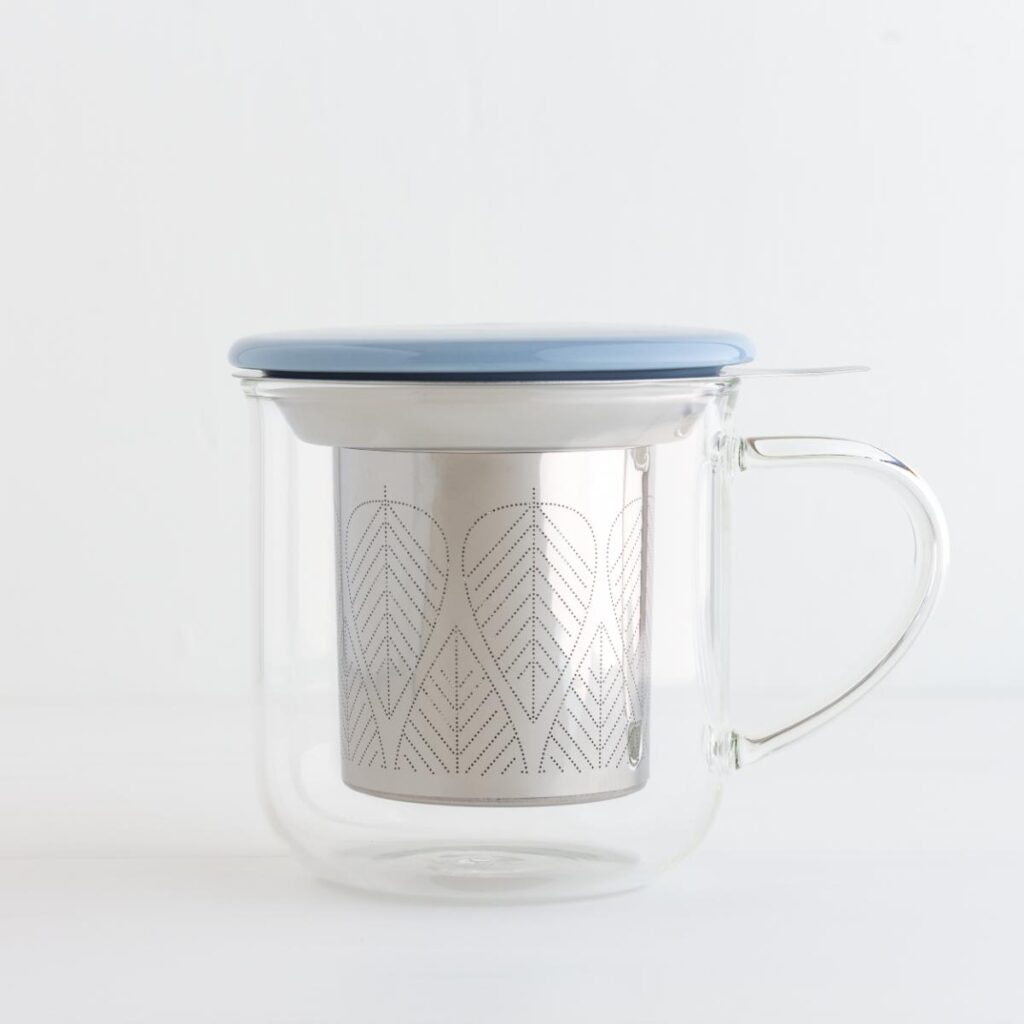
A glass mug replete with a fine mesh infuser, and a ceramic lid so you have everything you need to brew the perfect cup of tea. The lid even does double duty as a drip tray for the infuser. The cup holds 14 ounces of your favorite loose leaf tea and comes with lids in a choice of colors.
Ventana Fine Art

In ‘Mountain River’, a work by artist John Axton, a yellow line meanders, leading your eye through a field of blue to a yellow-green horizon. There is a meditative quality to the work of Axton – an artist who has been with Ventana Fine Art Gallery since it opened over 40 years ago.
TOKo

Slip into the season with this blue-on-blue cable knit sweater vest from Robert Young of The Cloth, the luxury fashion house based in the Caribbean. The oversized indigo vest is paired with block printed cotton blouse – also from The Cloth – for a casual yet ultra-sophisticated look.
Pandora’s
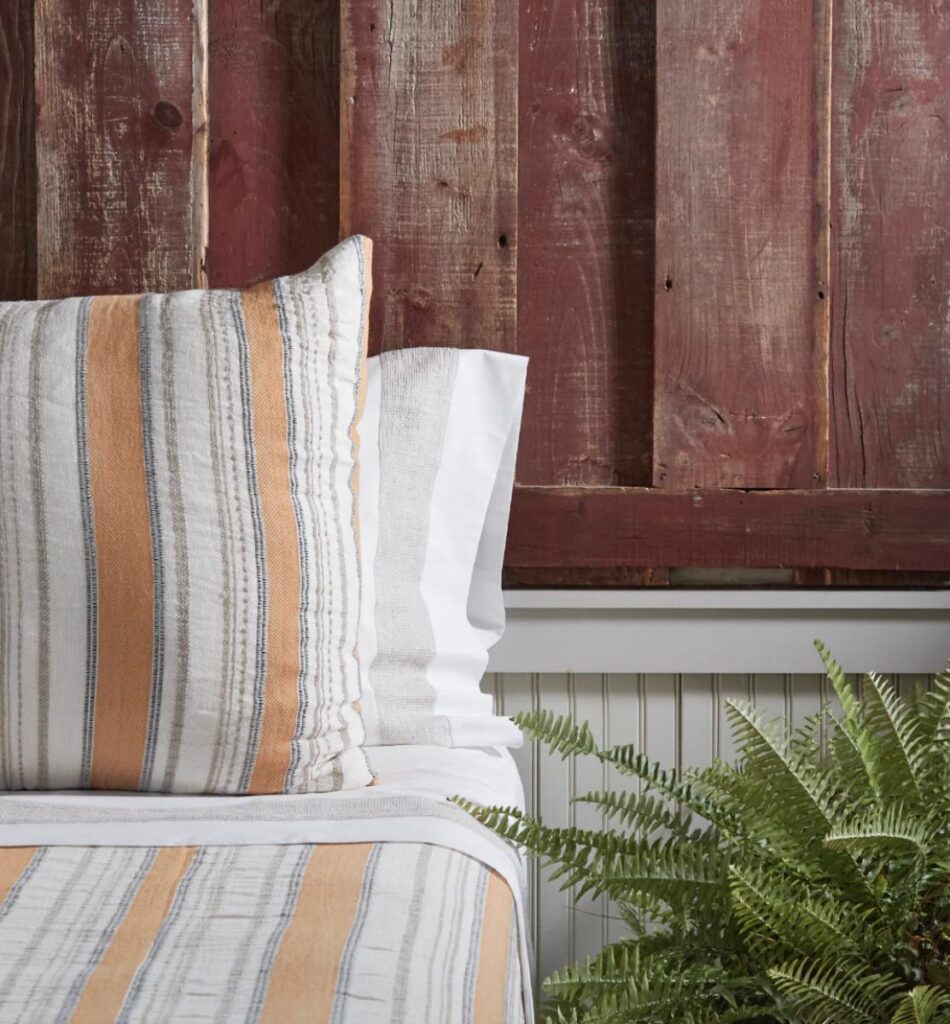
For over 50 years, TL at Home has been a women-owned and operated firm creating luxurious bed linen like this stone-washed Toni Spice coverlet. Made in Portugal from a blend of cotton and linen, it’s machine washable and will retain its size and color for many years of fuss-free pleasure.
Wearabouts

Add a touch of style and relaxed comfort to your autumnal wardrobe with this corduroy utility jacket paired with slim boot cut pants. Both are from DL 1961, a design group that puts sustainability at the forefront whether it’s using responsibly sourced fabrics or ensuring the most water efficient production processes.
Array

Founded in 2007 by designer Stephanie Housley, Coral & Tusk embroidered textiles bring a bit of whimsy to your home. Each design starts life – whether it’s fanciful squirrels, feathers, or charming bears holding a pine cone – as an original pencil drawing by Housley that is then translated to cloth.
The Golden Eye
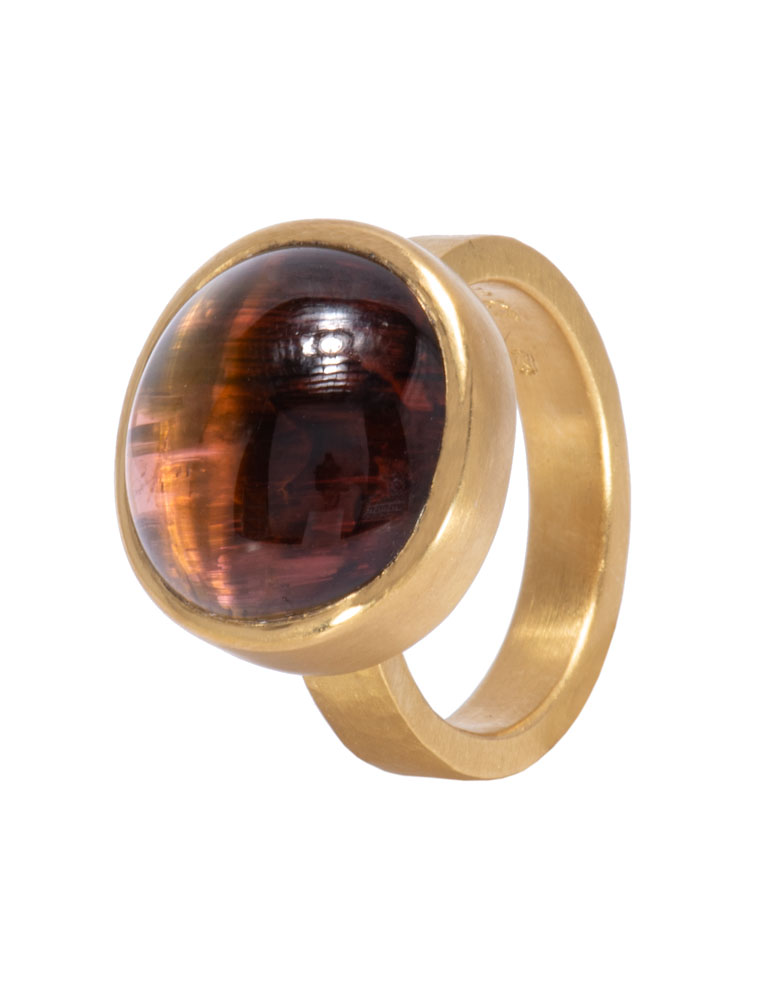
Trace the line of bright light that ripples through the amber layers of this breathtaking cat’s eye tourmaline ring. It is a majestic 13.4 cts with a 22 kt gold bezel and a lightly peened shank. Truly a thing of beauty to treasure.
Blue Rain Gallery
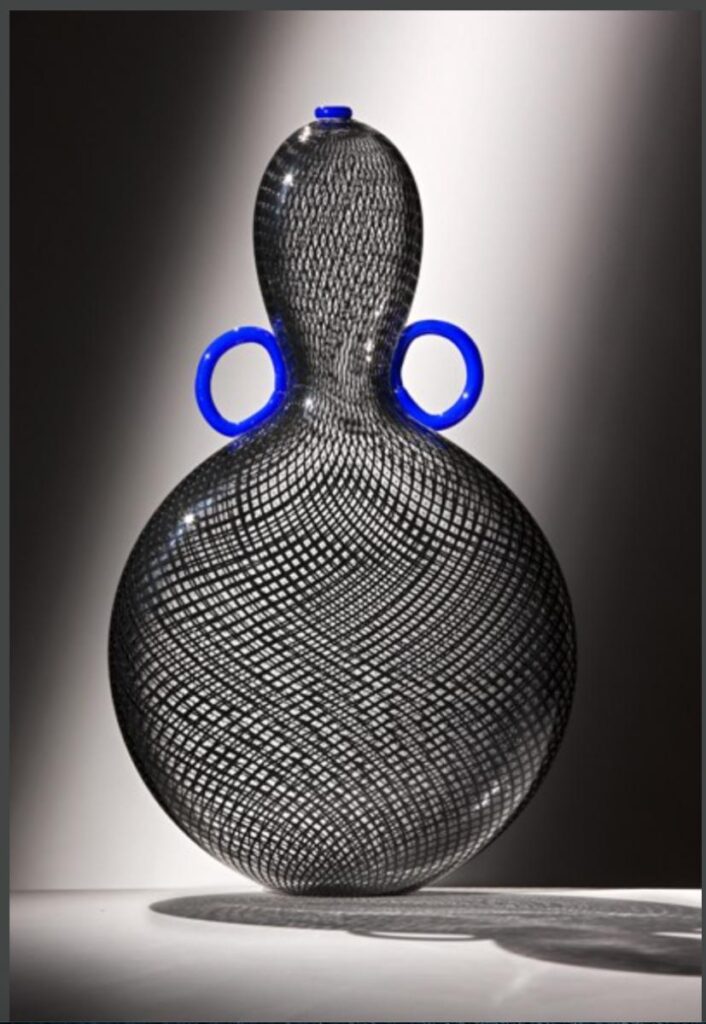
Reticello – meaning small net in Italian – is a highly complex technique that was refined by Venetian glass workers as far back as the 16th century. Dante Marioni is a master of this challenging art form. His piece Black Reticello Gourd has sensuous curves and arresting splashes of blue at both the lip and handles, making this a one-of-a-kind work of art.
The Firebird
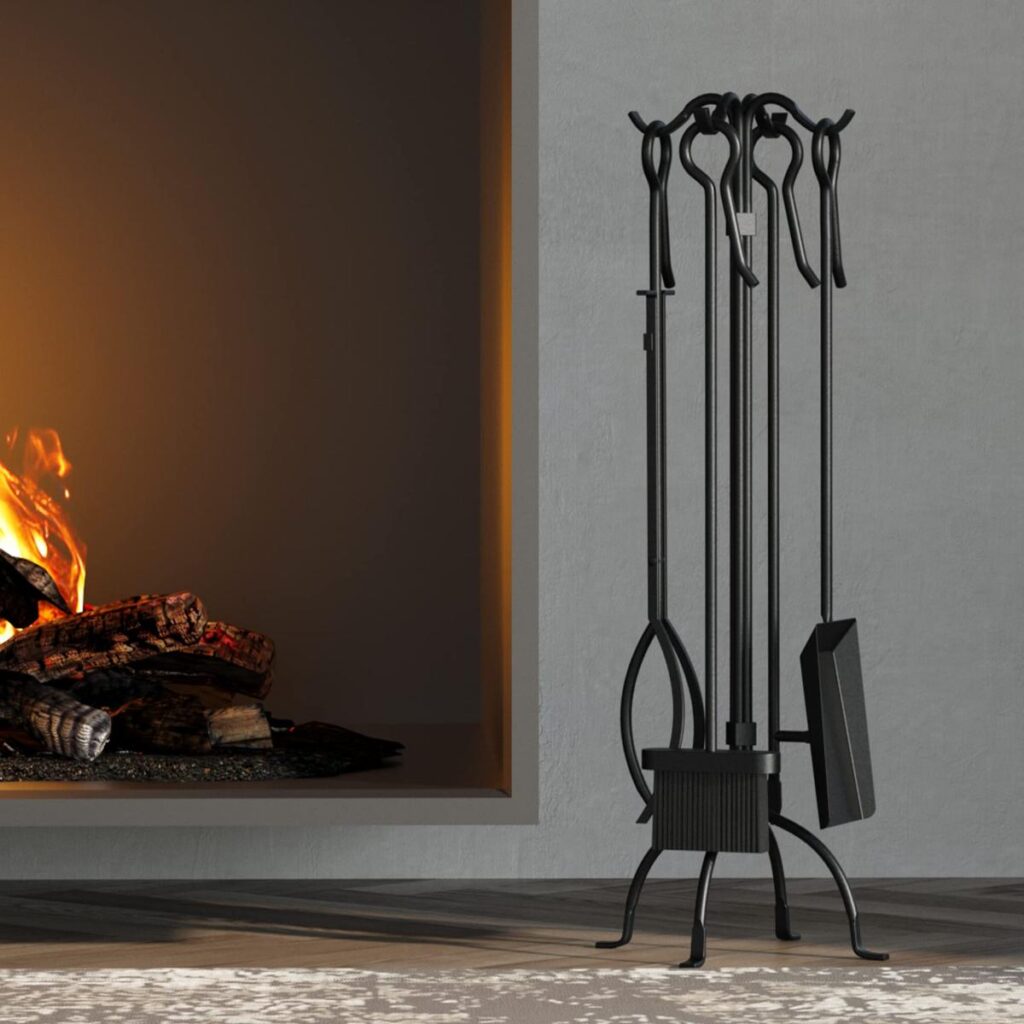
As the days grow shorter and the nights longer, a cozy fire is in order. The Firebird stocks Pilgrim Hearth Tools, a company that has been in business for over 75 years. The sets are extremely sturdy – ready for heavy-duty use – while adding an elegant touch to your fireplace. The Firebird stocks a wide range of tool sets from Pilgrim and also does custom orders.
Tema Furniture

The River Flow rug is inspired by nature with a cracked-stone pattern so you can transform any room into a tranquil oasis. While stylish, it’s durable and perfect for high-traffic areas throughout your home.
W Department

Your wardrobe is set with these two standout pieces from Comme Des Garçons. The skirt is black and silver silk with abstract print and a tulle petticoat. It’s paired perfectly with a textural rear-zip cotton jacket.
Story by Julia Platt Leonard
Subscribe to TABLE Magazine’s print edition.

